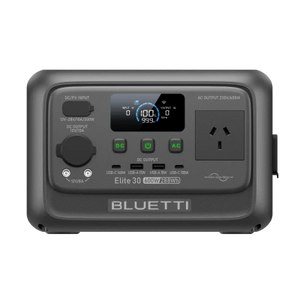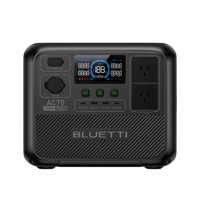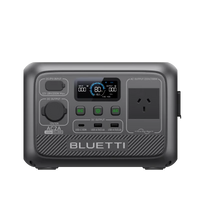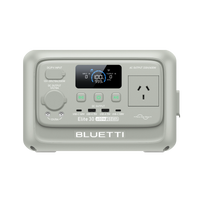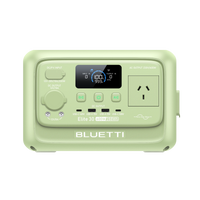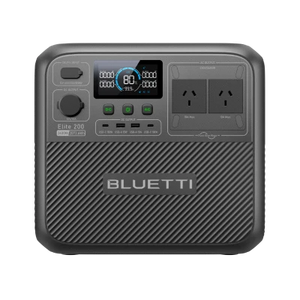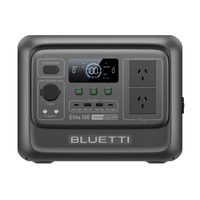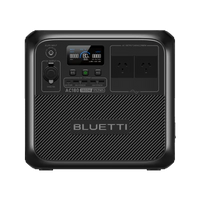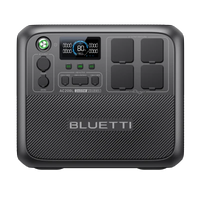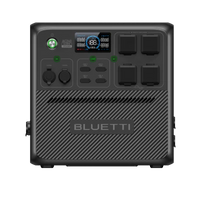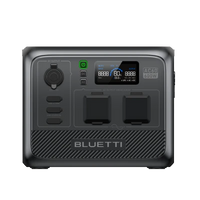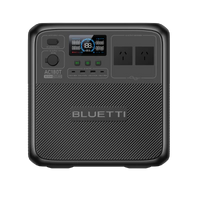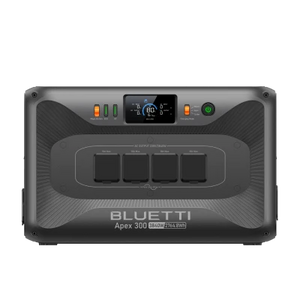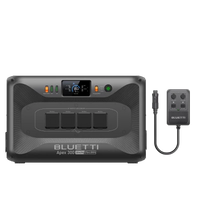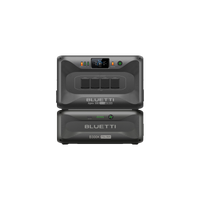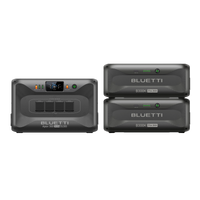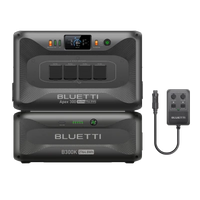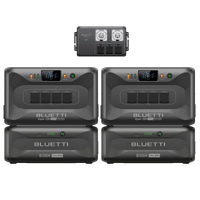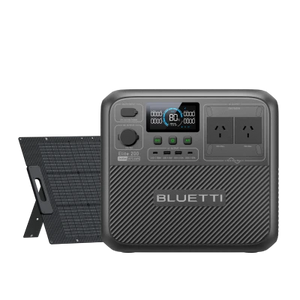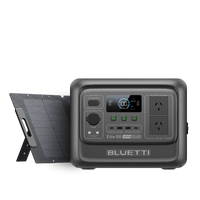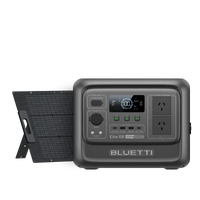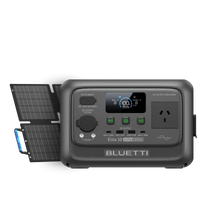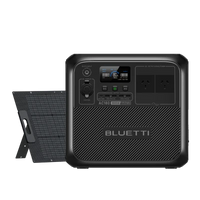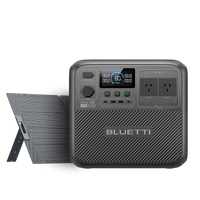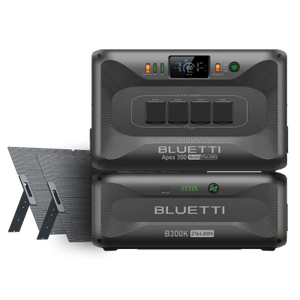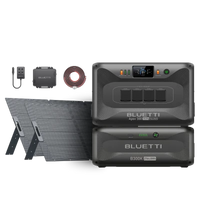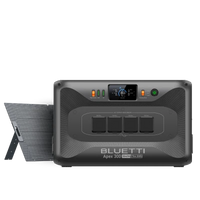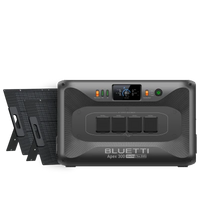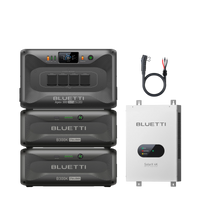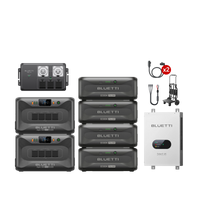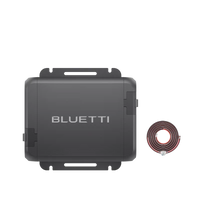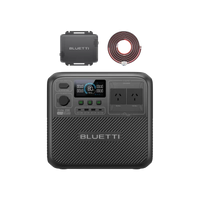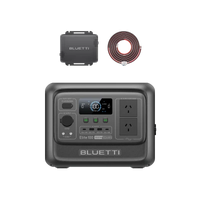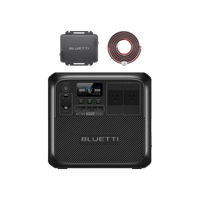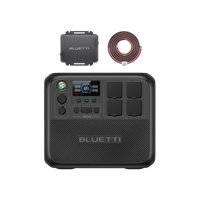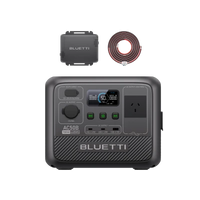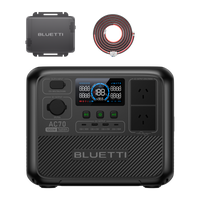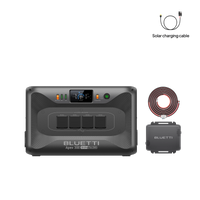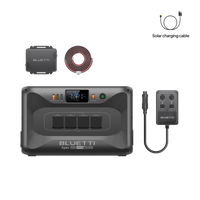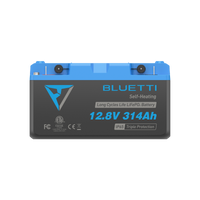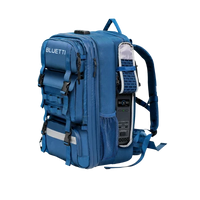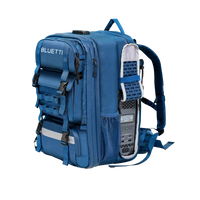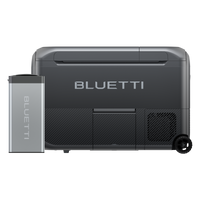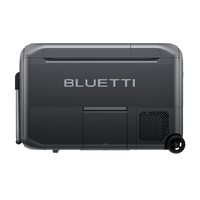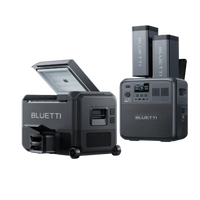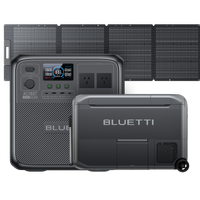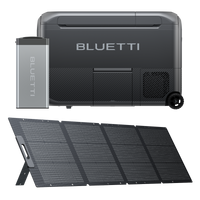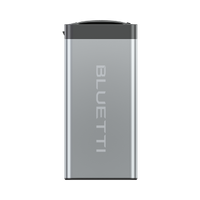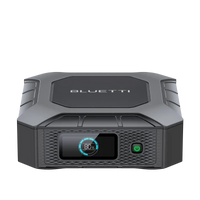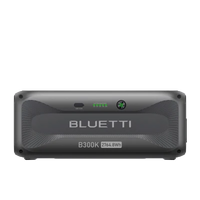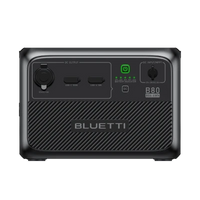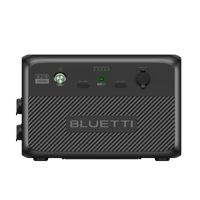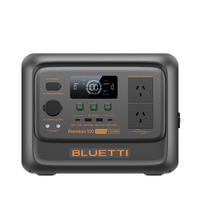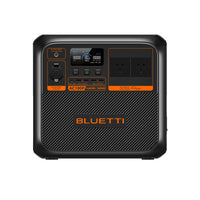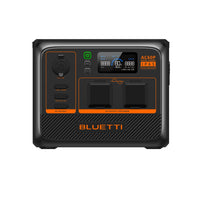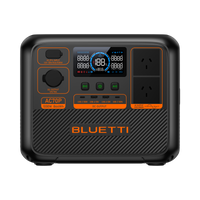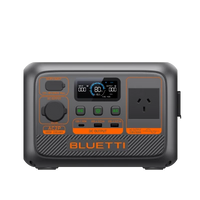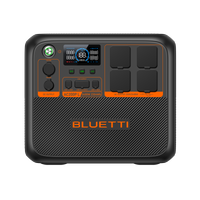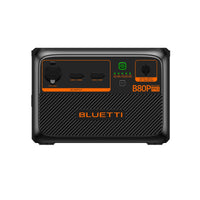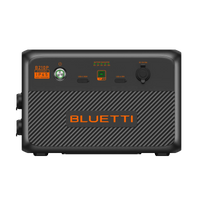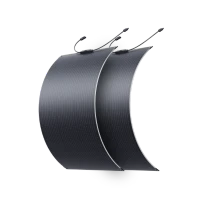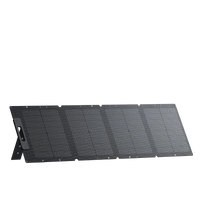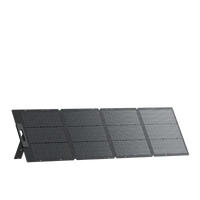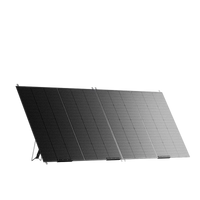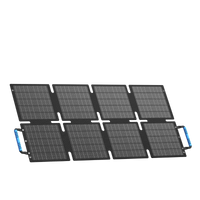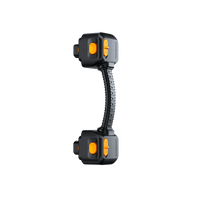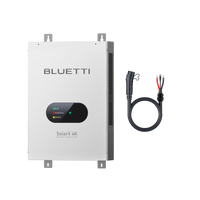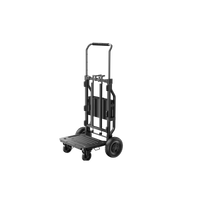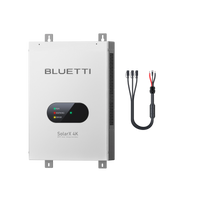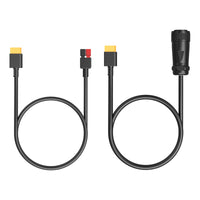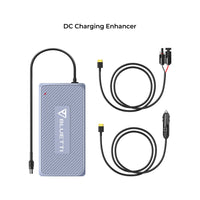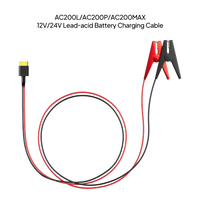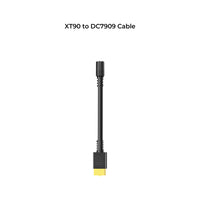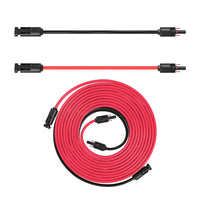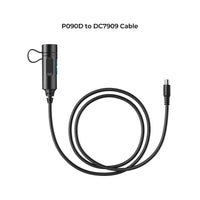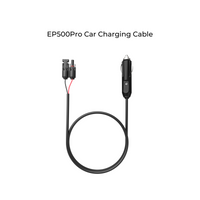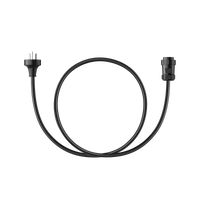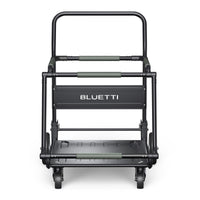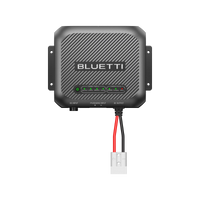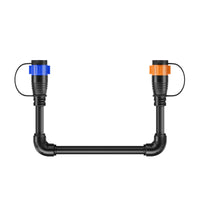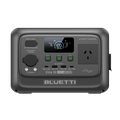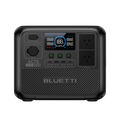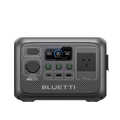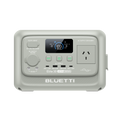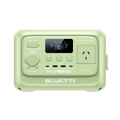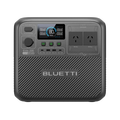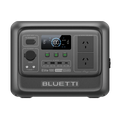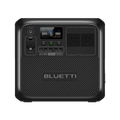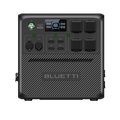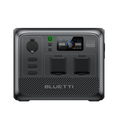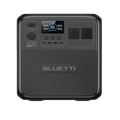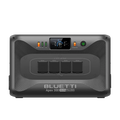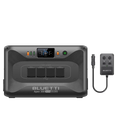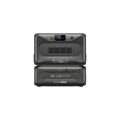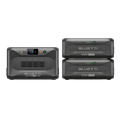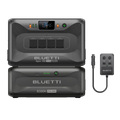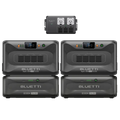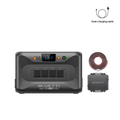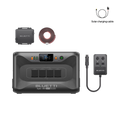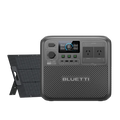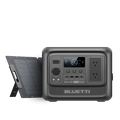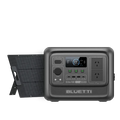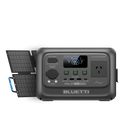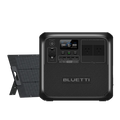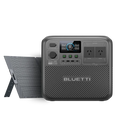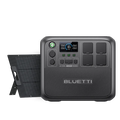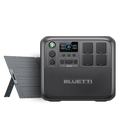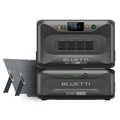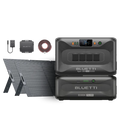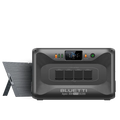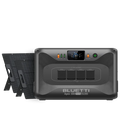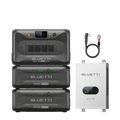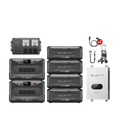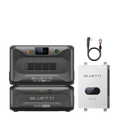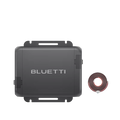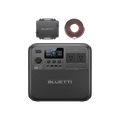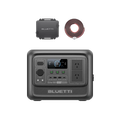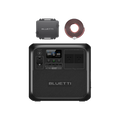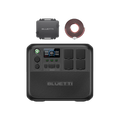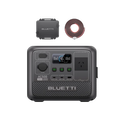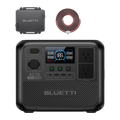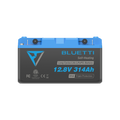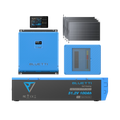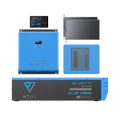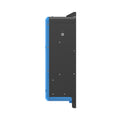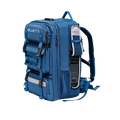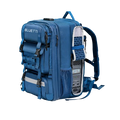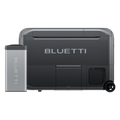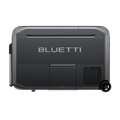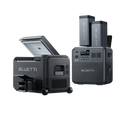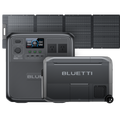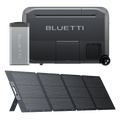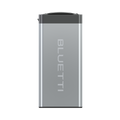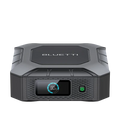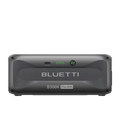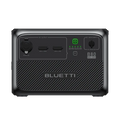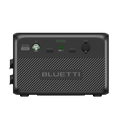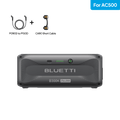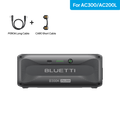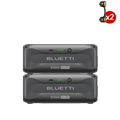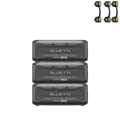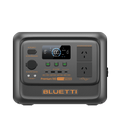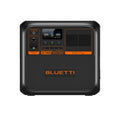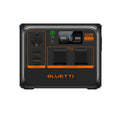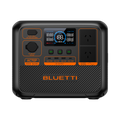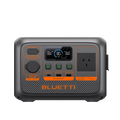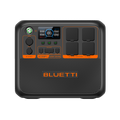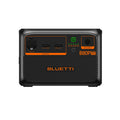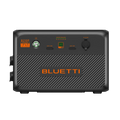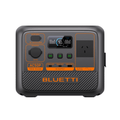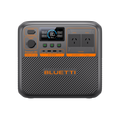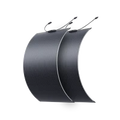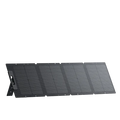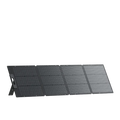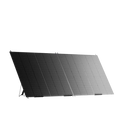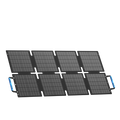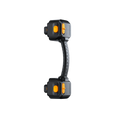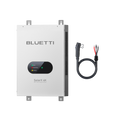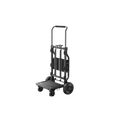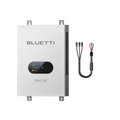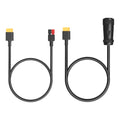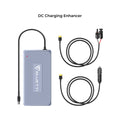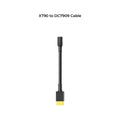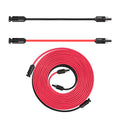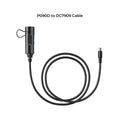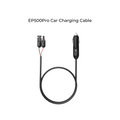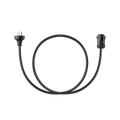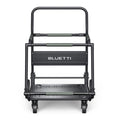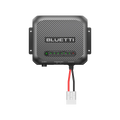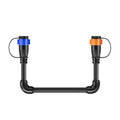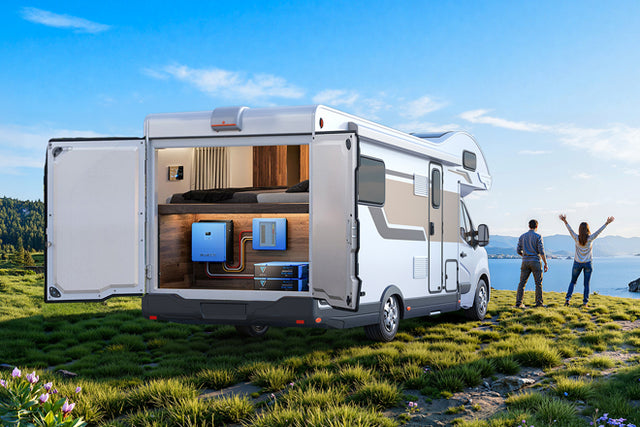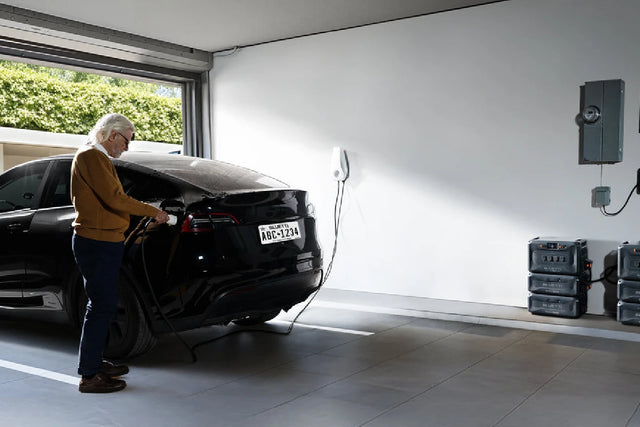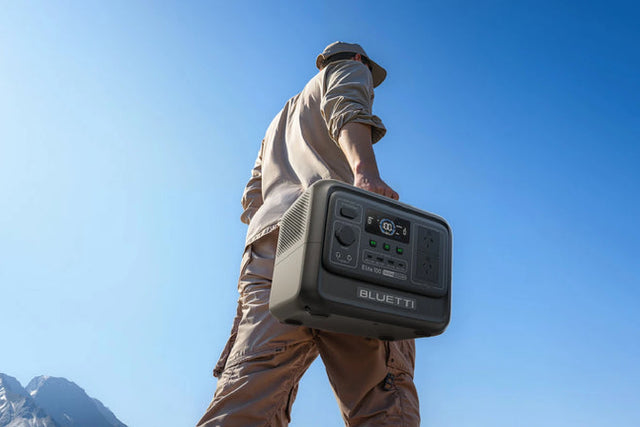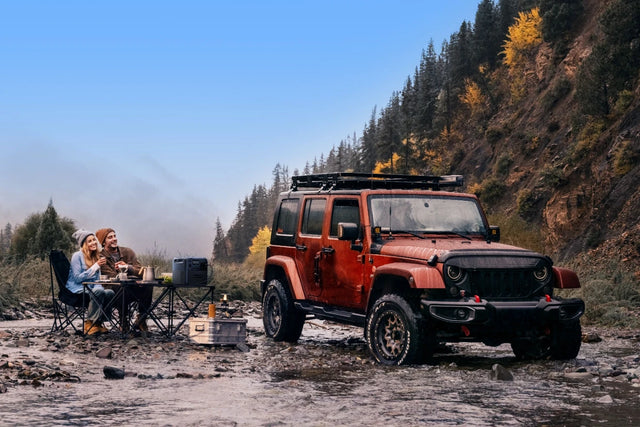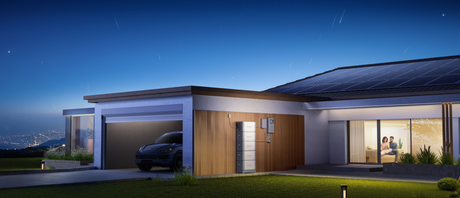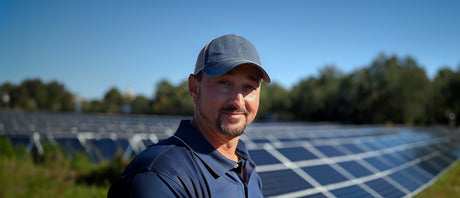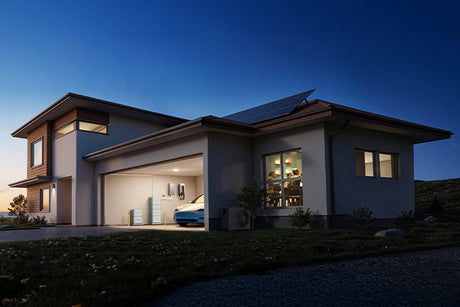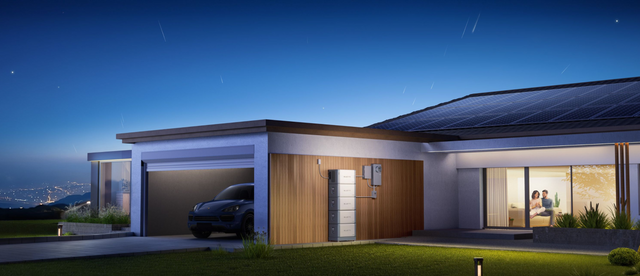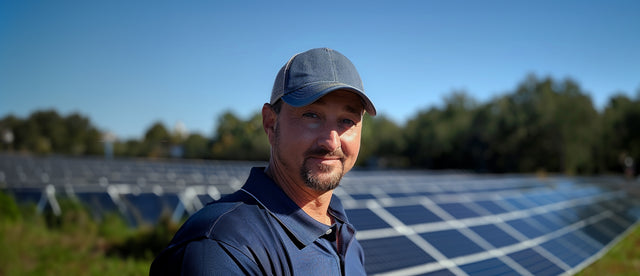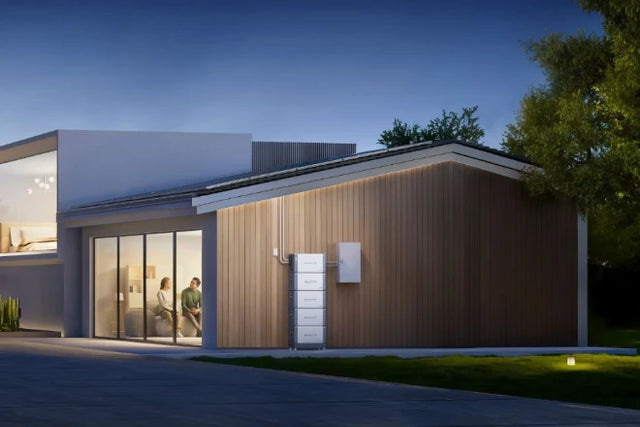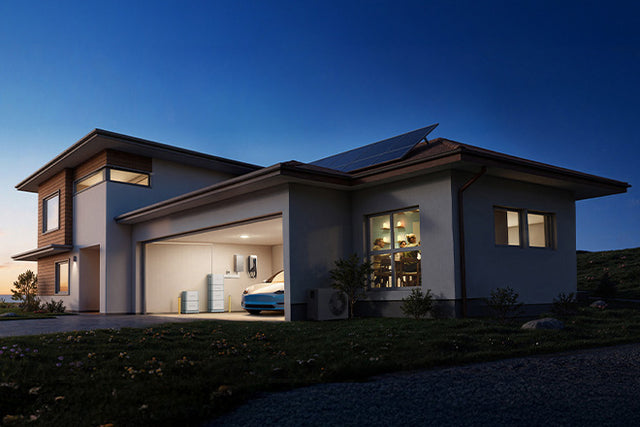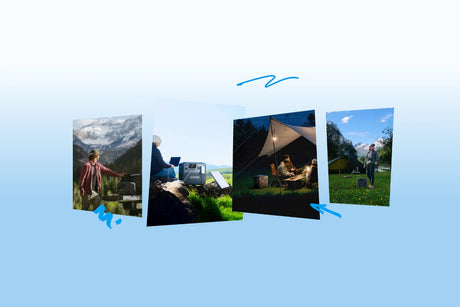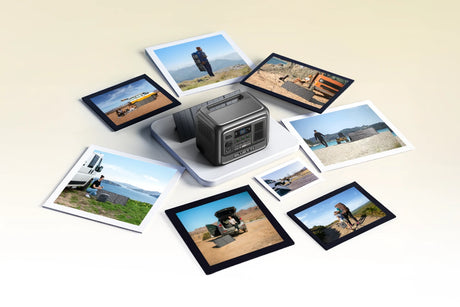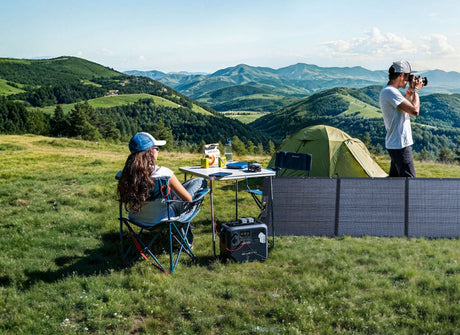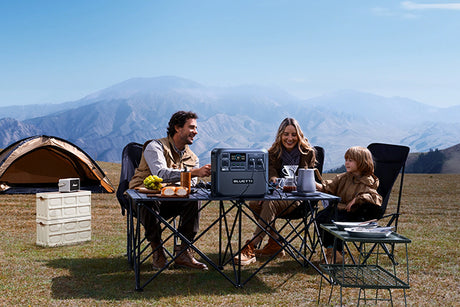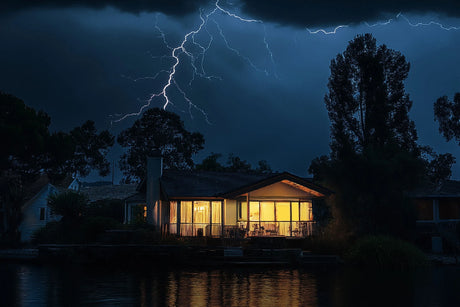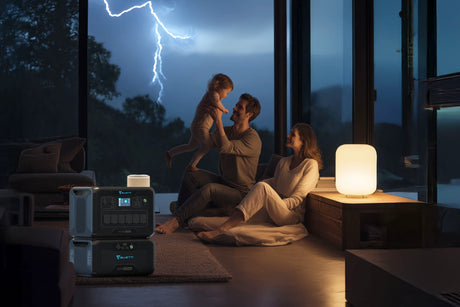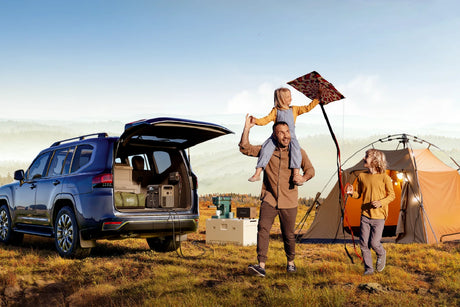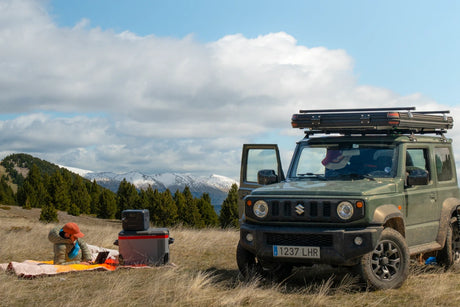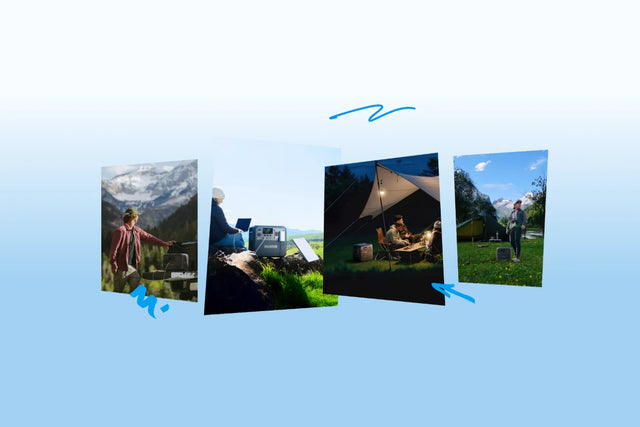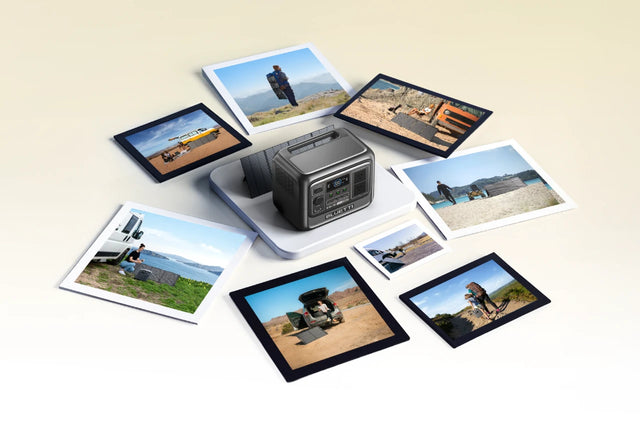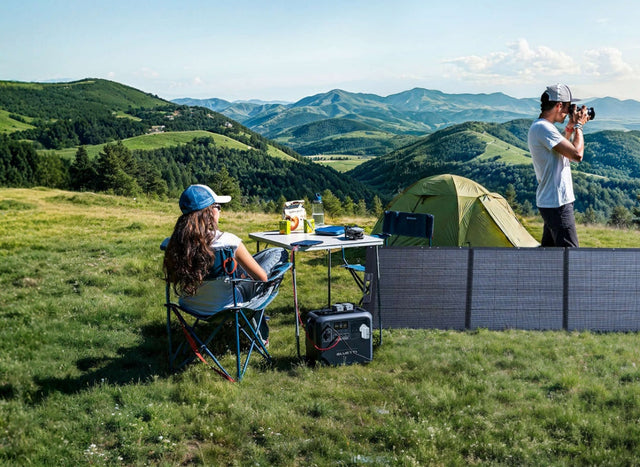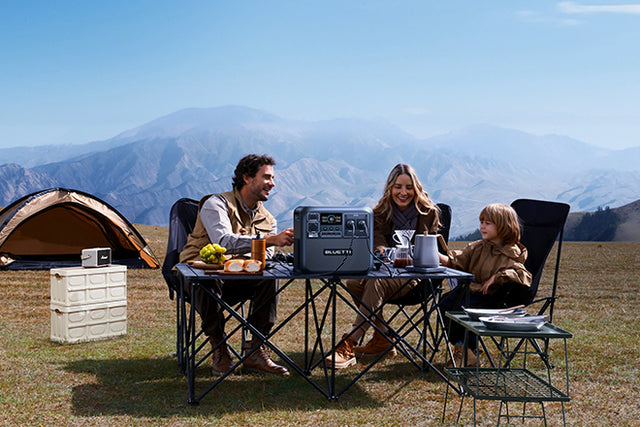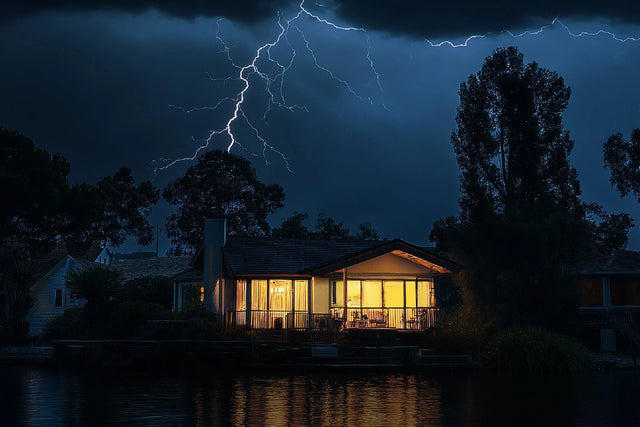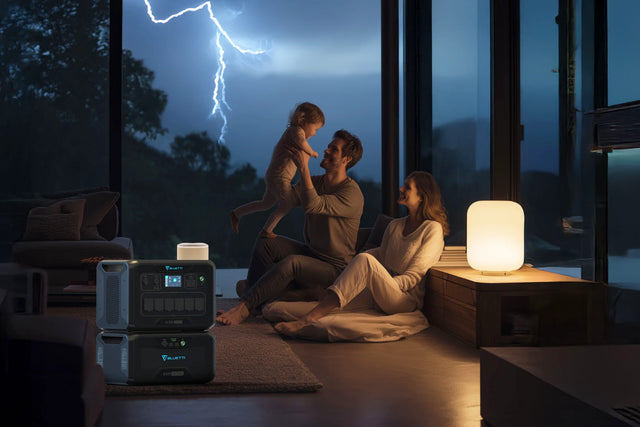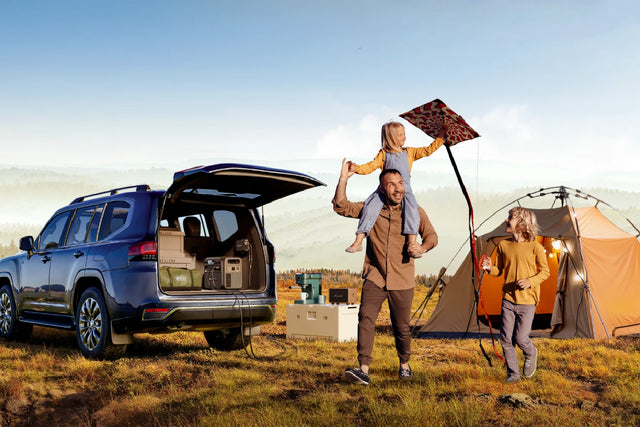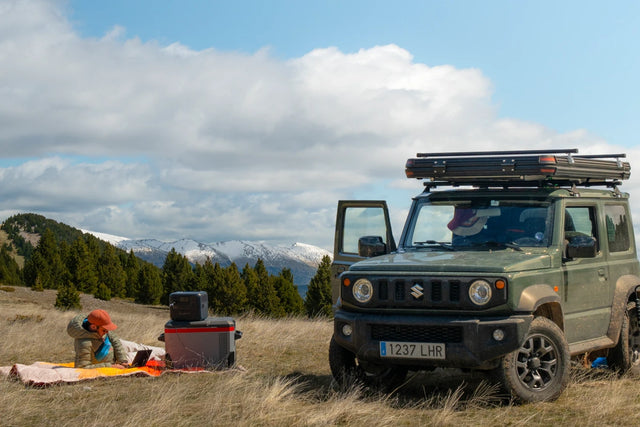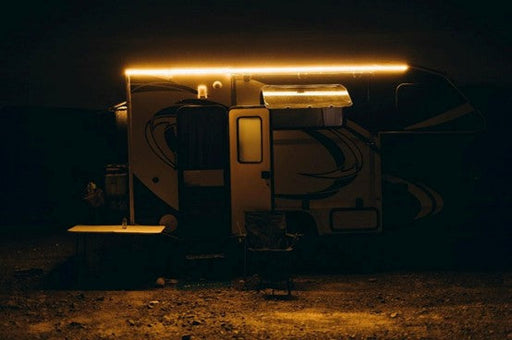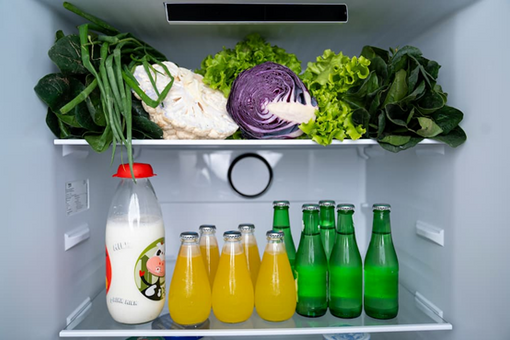If you are an avid camper, you can’t camp without a solar panel. As such you must be searching for ways to get power even while off-grid. Well, getting the best solar panel for camping can make a big difference. Whether you’re using it to run a fridge, power your devices or keep an air conditioner running, the key to a successful solar setup is getting it right. You don’t want to experiment and end up with too little power or spend too much on oversized gear. In this guide, you’ll learn why solar is better than generators, how solar works in camping, how to estimate your energy needs and how to choose the perfect panel size and type for your adventures.

Solar Power in Camping - How Does it Work?
1. With a Built-in Regulator – Direct Charging (Limited Use)
Some portable solar panels include a built-in USB port or charge controller. This allows the panel to safely regulate voltage and charge small devices directly, like phones, power banks and flashlights.
How it works:
-
Sunlight hits the panel → generates DC power
-
The built-in regulator stabilizes the output
-
Power flows directly into a connected device via USB
It only works in strong sunlight, and only for low-power devices.
Using a Portable Power Station - Reliable & Flexible Setup (Recommended)
This is the most common and effective way to use a solar panel for camping. Instead of charging your devices directly from the solar panel, the panel is connected to a portable power station. The power station stores the solar energy and converts it into safe, usable electricity for all your devices, day or night.
How It Works: Step by Step
1. Sunlight hits the solar panel, which generates direct current (DC) electricity.
2. The DC electricity flows into the power station’s solar input port.
3. Inside the power station, a built-in charge controller:
· Regulates the incoming power
· Prevents overcharging or overheating
· Maximizes charging efficiency (especially with MPPT controllers)
4. The electricity is stored in the internal battery of the power station.
5. When you're ready to use your devices, you simply plug them into the station’s:
· AC outlets (for things like laptops, fridges, fans)
· USB ports (for phones, lights, speakers, etc.)
6. The power station uses an inverter to convert the stored DC power into standard AC power (like a wall outlet), ensuring stable, device-safe output.
Why This Setup Is Best for Camping
● Safe & consistent: Your devices get clean, regulated power.
● Works anytime: Charge during the day, use stored power at night or in cloudy weather.
● Powers more devices: Supports both small and high-power gear.
● Plug-and-play: No need to handle a separate charge controller, the system is self-managed.

Understanding the ins and outs of how they work is key to getting the most out of solar panel camping. It begins when sunlight hits your solar panels and creates electricity. This power is then sent to a charge controller which is considered as a regulator ensuring that your battery is charged safely. Your battery reserves this power, essential when using at night or if cloudy.
Then power is transferred from the battery to an inverter. This important component converts the direct current (DC) from the battery into alternating current (AC), which is what most of your gadgets use. Whether you want to charge a fridge or a lamp, a laptop or even an air conditioning for your small system is up to you.
There are different types of solar installations. Off-grid solar kits have all the components necessary to build an independent power system, such as solar panels and grid-tie inverters. You would opt for an off-grid inverter, of course, for camping purposes, mounting hardware and occasionally, batteries or a backup generator.
Most people opt for all-in-one solar generators for ease of use, a single unit that has it all. If you’re handy, then a customizable system gives you more to choose from, but does require some careful thinking.
In the end, it’s a question of balancing battery storage with solar input. In a small setup, only 12V DC power is available. Most of these installations are suitable for connecting lights, refrigerators, etc. More of these provide 240V AC ideal for larger equipment. Knowing these differences will aid your decision of which camping solar panel setup is right for you, so you never under-power your adventure.
How to Estimate Your Daily Power Usage
It’s important to know how much energy you use each day before choosing a solar panel for camping. You need to get the size of your panel right without guessing. Here’s a chart of popular camping gear, their power consumption and how they might be used daily to help you do that.
|
Appliance |
Typical Power (W) |
Average Use Per Day |
Daily Energy (Wh) |
|
Roof-top air conditioner |
1400–1800W |
3–6 hours |
4500–10,000 Wh |
|
Induction cooktop |
1800–2200W |
30–60 minutes |
1000–2000 Wh |
|
Microwave oven |
1000–1200W |
15–30 minutes |
300–600 Wh |
|
12V fridge/freezer |
40–80W (avg) |
24 hours (cycling) |
800–1200 Wh |
|
Coffee maker / Kettle |
1200–1500W |
10–15 minutes |
300–400 Wh |
|
42" LED TV |
100W |
2–3 hours |
200–300 Wh |
|
Laptop + Wi-Fi router |
50–100W |
6–8 hours |
300–600 Wh |
|
Lighting (LEDs, ambient) |
30–80W total |
4–5 hours |
150–300 Wh |
|
Water pump / fan / charger combo |
50–100W |
Variable |
100–200 Wh |
To figure out how much energy you’ll need each day, add the watt-hours of each device you plan to use. For instance, if you have a fridge running 24/7 and use an induction cooktop for an hour, your total watt-hours could add up to several thousands. Consider that solar panel camping often depends on battery efficiency and access to sunlight. Solar panels almost never run at maximum 100% efficiency, so you want panels that produce more than you use daily.
Battery capacity is also important if you want to power things through an evening or while it’s overcast. If you have based your solar system on what you actually use everyday for power, then you won’t be caught short when camping without power.
What Size of Camping a Solar Panel for Camping Do You Need For A Your Trip?

The size of solar panel you choose for camping is determined by your power requirements and length of your trip. If all you have is a small refrigerator, lights and charging for small devices, a 100–200 watt solar panel suffices. This size is perfect for the casual camper looking for basic and dependable power without the bulk.
If you have a fridge, fans and make moderate use of appliances daily, then a 300–400 watt solar panel should suit your needs well. It's large enough for longer trips or cloudy days.
If you plan to stay off the grid longer, have multiple people or power more demanding appliances, such as an air conditioner or an induction cooktop, you’ll want 500 watts or more. This larger size is what will keep your panels filling up your batteries and your devices running consistently.
Remember, your solar panels have to power your devices not just in real time but long enough to recharge your battery every day. Building your panel size big enough to compensate for variation in weather and some shading is a smart idea. This way, you can have peace of mind and consistent power even on a cloudy day.
What Is the Best Solar Panel for Camping?
When selecting a solar panel for camping, efficiency is not just about size, it’s about how effectively the panel converts sun to power. Here are some of the biggest pros and cons you’ll need to weigh.
Monocrystalline vs. Polycrystalline
Monocrystalline panels are the most effective. They’re high-purity silicon, which means better power output per square foot for you. Polycrystalline panels are less expensive but less efficient, requiring more space to produce the same amount of power. Flexible panels are more portable, light weight and typically less durable and efficient than their rigid counterparts.
Why are Monocrystalline Panels Better?
Monocrystalline panels are common because they offer efficiency, durability and good performance even in partial shade. Which means if your panel gets hit with slight shadow from trees or clouds, it still generates a decent amount of power. That makes them perfect for something like camping where conditions can be less than ideal.
Portable/Foldable vs Rigid Panels
Portable or foldable panels are great if you want something that is easy to carry and store. They’re light and small, great for backpacking or rooftop tents. Rigid panels are stronger and often more efficient, but they’re bulkier and have to be mounted on something solid.
Compatible with MPPT Controllers or Solar Generators
To optimize the performance of your panels, it’s good to combine them with MPPT (Maximum Power Point Tracking) charge controllers or solar generators like BLUETTI or EcoFlow. MPPT controllers maximize the power extraction from the panel by matching the output of the panel to the needs of the battery, improving efficiency with varying sunlight.
Real World Impact
Another reminder is that there is a loss due to heat, panel angle and the amount of wiring on the real-world output. Solar panels work best when they are cool and pointed directly at the sun, and the quality of wiring and connections also make a difference, bad installation can mean less energy for you. Therefore, good installation and proper maintenance are important in order to maximize efficiency.
How to Decide Setup of Your Camping Solar Panel?
There are a few different ways to set up your solar panel camping system, with each having its pros and cons.
1. Fixed Rooftop Solar Setups (Vans, RVs, Caravans)
Panels are permanently mounted to the roof of a van, trailer or motorhome. They are ideal for full-time van-lifers, long-term road trippers, off-grid RV users. Some of the benefits and drawbacks include:
Pros
-
Always charging when the sun is out
-
No daily setup required
-
Clean and space-saving installation
Cons
-
Not portable once installed
-
Requires more complex wiring and installation (with separate battery, charge controller, and inverter)
2. Portable Foldable Solar Panels
Lightweight, foldable panels that can be unfolded and placed on the ground, car roof, or leaned against a surface. It is ideal for tent campers, car campers, hikers and anyone who needs flexibility.
Pros
-
Easy to carry and store
-
Position can be adjusted to follow the sun
-
Works well with portable power stations (e.g. BLUETTI AC60, EB3A)
Cons
-
Can be affected by shading or unstable placement
-
Requires manual setup each time
BLUETTI Solar4K Solar Panel for Camping Trips
If you're heading off-grid with a big setup like the Apex 300, the BLUETTI SolarX 4K is the panel to take. It supports up to 500V VOC and 4,000W solar input, giving you the ability to connect more panels and charge faster — a real plus when sunlight hours are limited.
When paired with the Apex 300, SolarX 4K can push solar input up to 6,400W, which means less waiting and more time enjoying the bush. It’s also compatible with other BLUETTI gear like the AC240, B300K, B300, and B300S, so it fits right into most camping setups.
For campers who rely on solar to keep things running — fridges, lights, or even air pumps — this panel gives you serious capacity without the noise of a generator.

Tips for Solar-Powered Camping
To maximize the efficacy of your camping solar panel system and conserve power, you should do the following.
-
Avoid using many high-wattage appliances at once to avoid overloading your battery.
-
Staggered use of the devices throughout the day will conserve power
-
Always keep your solar panels clean and pointed at the sun.
-
Make sure they are not in a shaded area and let air flow around them to allow cooling and maximum efficiency.
-
Bring an alternate charging battery source with you so you’re not stranded when the power goes out.
Frequently Asked Questions
-
Will 200W Solar be Enough for Camping?
If you have a decent size of battery like 500–1000Wh, then a 200W solar panel can cover fridge lighting and device charging basics. In reality, 200W panels make approx. 1000Wh per day - 5 hours of sun hours, less system losses so you’ll need to work around this.
-
Can I use solar panel camping in any type of weather?
Yes, you can use a solar panel for camping in any type of weather. However, the panel’s output will be reduced on cloudy or rainy days. That’s why it’s good to have adequate battery storage or larger panels to ensure you stay fueled up through the bad weather.
-
How long does it take to charge a solar panel with a battery?
Charging time will vary depending on your panel size, battery capacity, and sunshine, since a stronger panel and larger battery will deliver faster charge times. For instance, given full sun, it takes about 5-6 hours to charge a 1000Wh battery with a maximum 200W solar panel. Larger panels, like 400W or even 500W, will charge even faster, allowing you greater flexibility on the road.
-
Will I require special hardware connecting a camping solar panel to my RV?
A charge controller is necessary for many solar installations while camping to ensure consistent power delivery and safeguard your battery. You need to buy cables, mounts and possibly an inverter if you need to power AC appliances. So devices like much of the kits or standalone solar generators commonly include everything you need to facilitate installation.
-
How much does it cost to install a solar panel for camping?
Pricing depends on the size of the panels, the capacity of the batteries and the type of system. Simple models of 100-200W are also cost effective for occasional campers. Bigger, all-in-one solar generators cost more, but provide more robust off-grid power more reliably and with less of a headache to set up, like the BLUETTI Apex 300.
